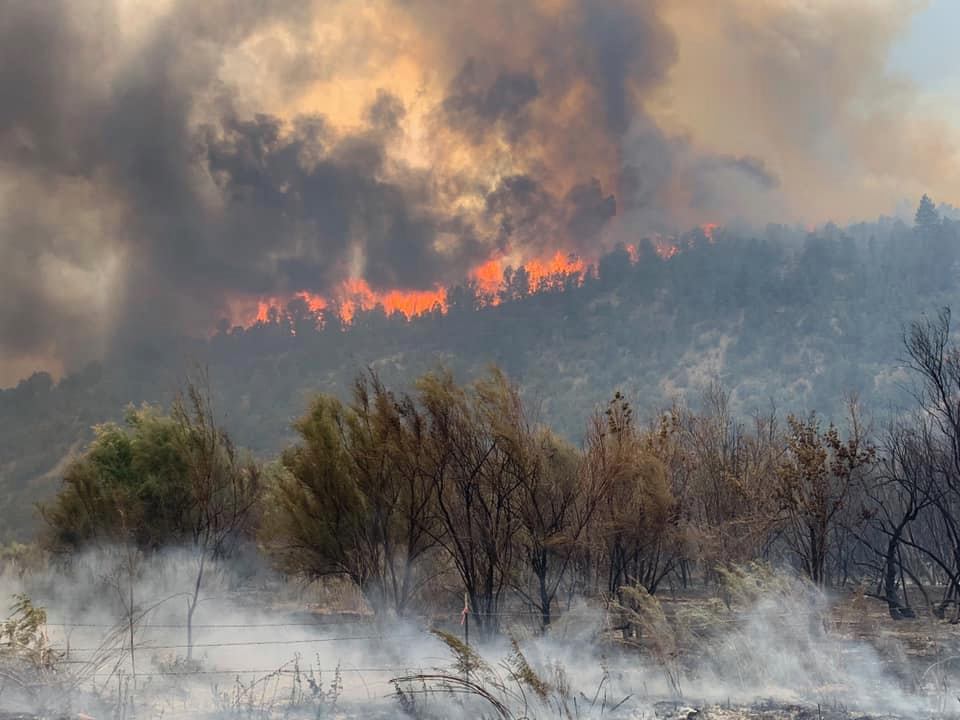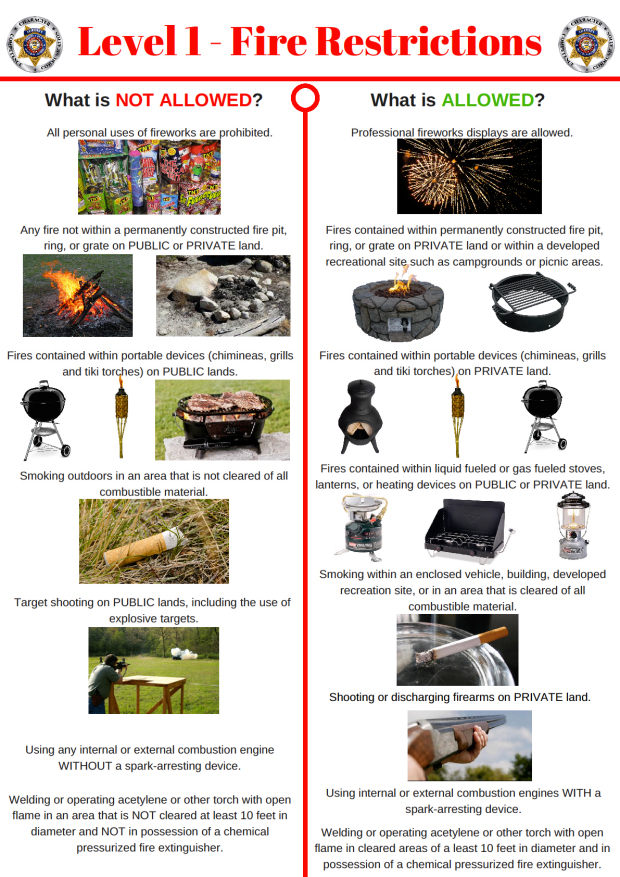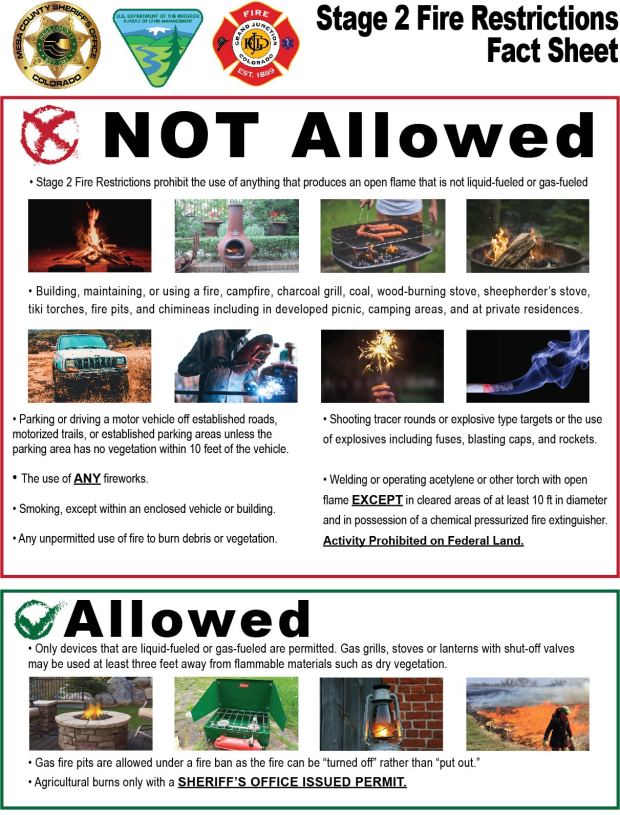Colorado is experiencing severe drought conditions in many areas of the state and Colorado Parks and Wildlife (CPW) is reminding the public to be “fire-wise” when recreating outdoors in late summer.
The Pine Gulch Fire, Grizzly Creek Fire, Cameron Peak Fire, as well as other fires across the state are highlighting the danger of the current drought conditions in Colorado. Conditions can change quickly, so CPW is encouraging the public to follow and check Colorado’s Emergency Management Twitter account, as well as CPW’s statewide and regional accounts (Northwest, Southwest, Northeast, Southeast) before heading out to recreate.
Over 72% of Colorado is experiencing severe or extreme drought conditions as of Aug. 18, according to the U.S. Drought Monitor. Extreme drought conditions exist across southern and western Colorado, as well as parts of the eastern plains. Even the areas of the state that are not in severe drought are reported as abnormally dry. For drought-related questions in Colorado, follow @CO_H2O and use the hashtag #CODrought2020.
It’s important to be conscientious around your home and when recreating during drought conditions in Colorado. The Colorado Division of Homeland Security & Emergency Management has a list of current fire bans and danger levels for the state that is an excellent resource for staying aware of fire conditions when traveling in Colorado. The Colorado Division of Prevention & Control has great information on safely building an open campfire. Additionally, the Colorado Tourism Office has provided a helpful video on “The Etiquette of Campfires.”
On Aug. 19, Gov. Jared Polis issued a 30-day statewide ban on open fires. The order temporarily bans campfires, warming fires and charcoal grill fires; fireworks; explosives; smoking outdoors except in developed recreation sites or areas cleared in a 6-foot diameter of flammable material; welding or operating acetylene or other torch with open flame except in cleared areas of at least ten (10) feet in diameter and in possession of a chemical pressurized fire extinguisher; the use of tracer ammunition or any ammunition with an incendiary component, and the use of novel explosive shooting targets with Tannerite or other similar substances, that would explode and create heat or fire upon impact; and any other activity that poses a significant risk of starting a fire.
Fires are allowed in constructed, permanent fire pits or fire grates within developed camp and picnic grounds, as are liquid-fueled or gas-fueled stoves, charcoal grills at private residences, portable stoves and gas lanterns. Prescribed or controlled burns are permitted along ditches for agricultural or irrigation purposes when necessary for crop survival and with written approval from the sheriff of the county where the burn will occur.
When recreating in drought conditions, Coloradans and visitors must respect all posted fire restrictions. Keeping campfires contained to provided fire pits when allowed, using only approved ammunition and targets at shooting ranges and being conscientious visitors to the back country can all help prevent fire danger.




